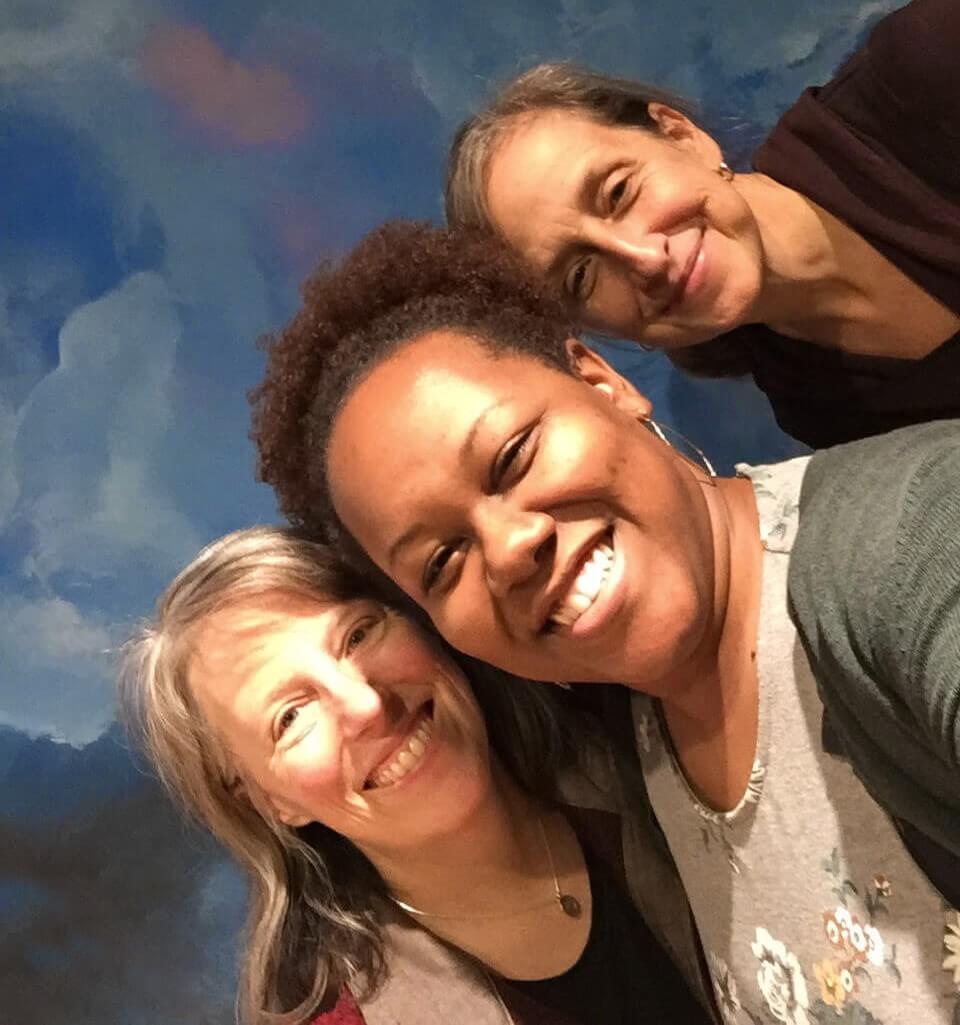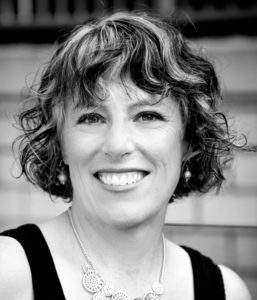Twin Cities Arts Reader
Today, the term “rough cut” generally refers to an early draft of an edit for audio or video recordings. The term, however, comes to us from sewing and cooking, which used the term freely in the 19th century before A/V recording was even a glimmer in an inventor’s mind’s eye.
In sewing, a rough cut of fabric is used to work out basic details of form and connection, with the intent of cutting a more exact shape when more is known. In cooking, a rough cut of meat is a piece that requires a slow roast or simmering to produce a delicious, easily chewed meal. Both are apt descriptors of the Rough Cuts staged by Nautilus Music-Theater, music-theatre performances designed to produce a superior end product after the Rough Cuts performances themselves. This Monday, Nautilus presents two such Rough Cuts in Minneapolis and St. Paul: excerpts of Laurie Flanigan Hegge and Robert Elhai’s new musical Dirty Business and Catherine Dalton’s new music-theatre-dance piece Bluets.
- When/Where/etc.
- Monday, 12/17 @ 7:30 PM
The Nautilus Music Theater Studio
1st floor of the Northern Warehouse (Lowertown Saint Paul)
308 E Prince St
St. Paul, MN 55101
- Tuesday, 12/18 @ 7:30 PM
Augsburg College Music Building (Riverside area)
715 22nd Ave S
Minneapolis, MN 55454
- Monday, 12/17 @ 7:30 PM
- Price: $5/pay as you go
One of the goals of a Rough Cut performance is to acquire audiences’ spoken and unspoken feedback. To abet this goal, the ticket price is kept low at just $5, with milk and cookies made available for free to ticket holders, and conversation about the performance experience and reactions is encouraged. The creators have a very practical interest – Dirty Business is being developed by the History Theater and Bluets is heading towards a staging workshop in 2019.
The Arts Reader‘s Basil Considine spoke with composer-librettist Catherine Dalton about her work on Bluets and her hopes for the Rough Cuts performances.
How did you first learn about Nautilus Music-Theater? At what point did you decide to pursue the Nautilus Composer-Librettist Studio?
I first heard of Nautilus Music-Theater when I was looking for a place to learn how to compose for the stage. I was selected as one of the composers for the composer/librettist studio in 2009. During the studio, I discovered that not only did I enjoy writing music that told a story, but also that I enjoyed working in collaboration, a hallmark of Nautilus Music-Theater.
As I was working towards a Staging Workshop (funded in part by a MSAB Artist Initiative Grant) for my new piece, Bluets, I thought it might be helpful to have some of the pieces on a Rough Cuts, so I asked [Nautilus founder] Ben Krzywosz if he had an opening.
Tell me about the genesis of Bluets. How did this piece first take shape? What does the title refer to?
I first saw the book Bluets on an end-cap in Powell’s bookstore in Portland. I read the first line and I was smitten. As I continued to read Maggie Nelson’s unique mix of poetry and prose, I was not only taken by her raw descriptions of life, but by the lyricism of the text. I knew I wanted to to set it as part of a musical theater piece.
1. Suppose I were to begin by saying that I had fallen in love with a color.
-The first line of Bluets
Because the book is incredibly visual, I knew it also needed to include dance and projection. I met choreographer/projection designer, Tamara Ober, for breakfast a few years ago. We hit it off right away. I was surprised to learn that she also had a copy of the book!
What is the story behind the title?
You would need to ask author Maggie Nelson why she selected the name Bluets for her book. For me, the title has come to mean a collection of blue things — blue thoughts, blue emotions, philosophical treatises about the color blue – in addition to the joy that can come from the experience of seeing a color.
The book is written as a series of vignettes and we are currently talking, as a creative team, about how to translate that structure into the multi-genre piece. It’s a great challenge.
What compositional idiom(s) do you use in this piece?
In working with Nelson’s words, each piece has found its own compositional style. Some pieces are experimental new music, another is written in the style of Joni Mitchell. There is a driving rock piece, instrumental improvisation, and then some that are more in the realm of what most people would think of as music theater.
You’re both the composer and librettist for this piece. What are your goals (in moving this piece forward) for the Rough Cuts performances?
I’m hoping to hear people’s reactions to the songs. Ben will be setting up the pieces and sharing a bit of the dramatic arc of the piece. I’m interested to know what touches people, what resonates.
After Rough Cuts, we are having a staging workshop of the piece at the Art Box, January 31 to February 2, 2019. The Staging Workshop performance, which will be open to the public, will have full lighting; projection; includes Ivory Doublette as the Heroine and Leslie O’Neil as the dancer; a chorus; and the band. Our stage director/dramaturg is Jen Baldwin Peden and Tamara Ober is the choreographer/projection designer.
How do you produce your rehearsal scores – Finale, Sibelius, handwritten sheet music, or…?
Finale.
What was the process like to license Bluets for your adaptation?
I sent her an email asking for permission. She said to send a request to her publisher and said to give them her blessing. (It’s not always that easy.)
Is this your first time working with Ivory Doublette?
Yes, I’m super excited to be working with Ivory for the first time. She has a beautiful voice and can easily pull off the multiple styes of the songs! Jill Dawe, Ivory, Jen Baldwin Peden, Tamara Ober, and I are [all] having a great time collaborating.



